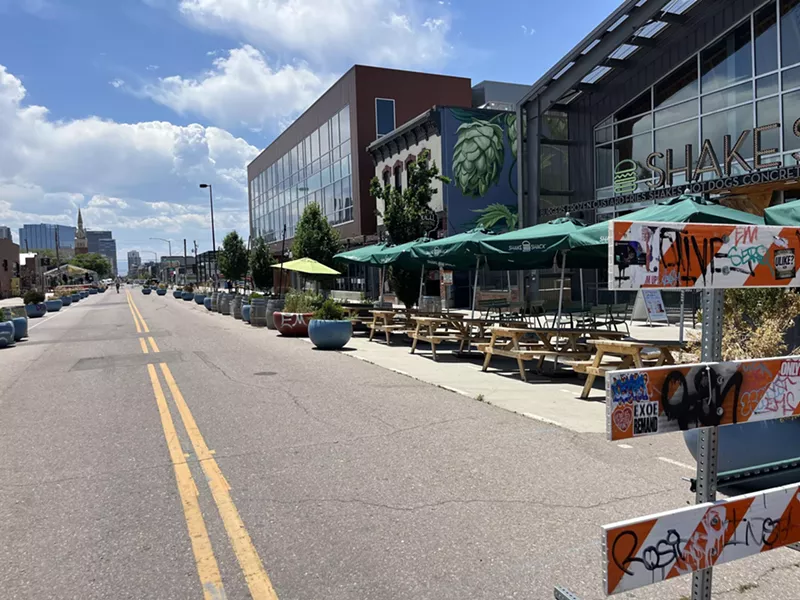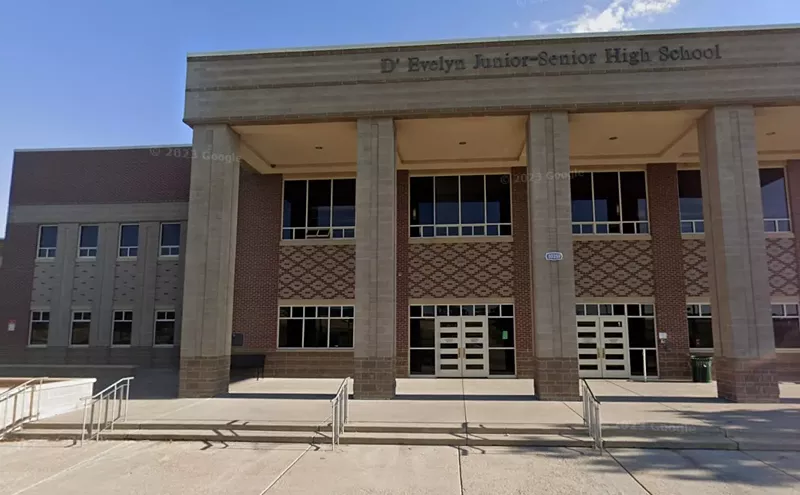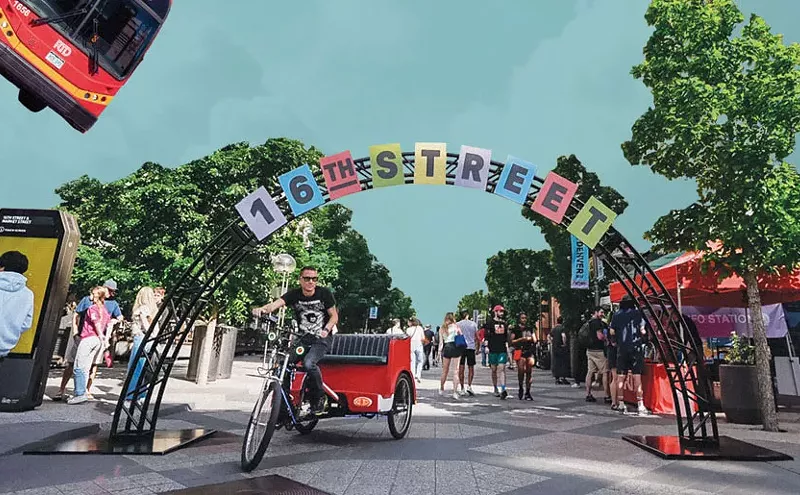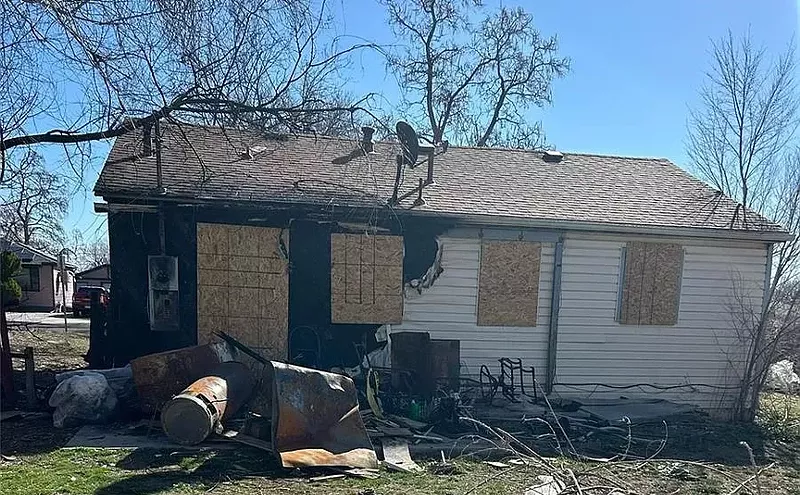Businesses are still showing less willingness to lock themselves into long-term leases compared to the pre-pandemic market in 2020, according to the latest Cushman & Wakefield MarketBeat report covering the third quarter of 2024.
The report, published on October 9 to analyze supply, demand and pricing trends in the Denver market, concludes that the downward trend probably won't end soon.
“Office leasing will likely remain under pressure as tenants continue to display hesitancy towards longer-term leases until market and economic conditions stabilize,” the report notes.
The least-vacant office market in Denver is Cherry Creek, the report found, though it did not specify that market's exact vacancy rate. According to a Denver Gazette article that cited data from commercial real estate firm CBRE, Cherry Creek's vacancy rate is around 10 percent for offices when you don't count the Cherry Creek West development that is empty during rezoning.
Denver office vacancy rates in the third quarter increased slightly overall to 24.7 percent when compared to the same time last year, largely because of a large number of expiring subleases, according to the Cushman & Wakefield report.
The River North Arts District (RiNo) has Denver's highest vacancy rate for offices. RiNo used to be filled with warehouses, but over the past few decades has shifted to more new builds dedicated to nightlife and luxury living. Large buildings like One River North and Mica RiNo are working to attract residents to the area while the Industry building at 3001 Brighton Boulevard was recently transformed into a co-working office space. But despite the nightlife and residential housing, RiNo's office-space boom has been more of a bust so far.
Second to RiNo is the Central Business District, where the recovery from the pandemic desertion of downtown Denver is still in progress.
However, the Central Business District had a positive absorption rate this year for the first time since late 2022 as more square footage became occupied than was made available. The report attributes that success to sports betting company bet365 officially making downtown Denver its headquarters earlier this fall.
Here are five Denver neighborhoods with the highest office vacancy rate right now:
1. River North Arts District, 49 percent
RiNo comes in with a whopping 49 percent office vacancy rate in the third quarter of 2024. Over 1.2 million square feet of the nearly 2.8 million square feet of office property are vacant in the growing district right now, according to Cushman & Wakefield, and that number could grow.
Along with being the emptiest neighborhood, RiNo is growing at the highest rate in Denver, with 351,991 square feet of office space under construction right now. Likely because of their young age, RiNo properties are also asking for far more in rent than the city average, at $49.37 per square foot.
2. Central Business District, 32.2 percent
The Central Business District gained a big tenant last month in bet365, which significantly helped the neighborhood’s absorption rate, a measure of what is available compared to what has been leased. The sports betting company says it plans to add 1,000 new jobs to the 1701 Platte Street property that will serve as the British company's American headquarters. If bet365 meets employment projections and sticks around, the state Office of Economic Development and International Trade has approved a $14 million job-growth tax incentive for the company spread over the next eight years.
In addition to bet365, Civitas Resources extended its lease in one of Denver's tallest buildings, at 555 17th Street, during the third quarter of 2024, according to the Cushman & Wakefield report. Amazon also expanded into nearly 50,000 square feet of office space at 1515 Wynkoop Street.
3. Southeast Suburban Denver, 24.3 percent
This submarket, as designated by Cushman & Wakefield, includes neighborhoods like Hampden, Virginia Village University Hills and parts of the Denver Tech Center. In the last three months, Lockheed Martin re-signed its lease in this submarket, but that was not enough to bring the area to a lower office vacancy rate. Lockheed Martin leases over 100,000 feet of office space in the Tech Center, but the Southeast Suburban district still has nearly 7 million square feet of empty offices to fill. The submarket has the highest office square footage of any Denver submarket, the report notes.
4. Southwest, 20.6 percent
Though the southwest submarket has a lower-than-average office vacancy rate than Denver as a whole, the area still comes in fourth on this list. Neighborhoods near Ruby Hill, Fort Logan and Harvey Park are part of the southwest submarket. The ConX Corporation, a construction strategy company, recently purchased over 200,000 square feet of office space at 5701 South Santa Fe Drive, which is in the Southwest submarket. The company paid $26.8 million for the building.
5. Northwest, 19.8 percent
The Northwest corridor involves the parts of Denver to the west of Interstate 25 and north of west Denver, including parts of Arvada and Broomfield. This market is growing, Cushman & Wakefield notes, with 232,680 square feet of office space under construction. Currently, there are 2.5 million square feet of vacant office space in the Northwest submarket. Notably, Boulder Imaging signed a brand-new lease at 400 Centennial Parkway in the Northeast area last quarter, according to the report. That property is in Littleton.
Residential Vacancy Rates in Denver
The numbers for residential vacancies have some similarities to rates for offices. According to the Apartment Association of Metro Denver, which measured data from 240,000 units in the area, these five neighborhoods have the highest vacancy rates in metro Denver.Three of the five neighborhoods match those with the highest office vacancies.
1. Lowry
7.2 percent vacancy
2. Northwest
7 percent vacancy
3. Denver airport area
6.9 percent vacancy
4. Central Business District
6.4 percent vacancy
5. East Aurora
6.3 percent vacancy











